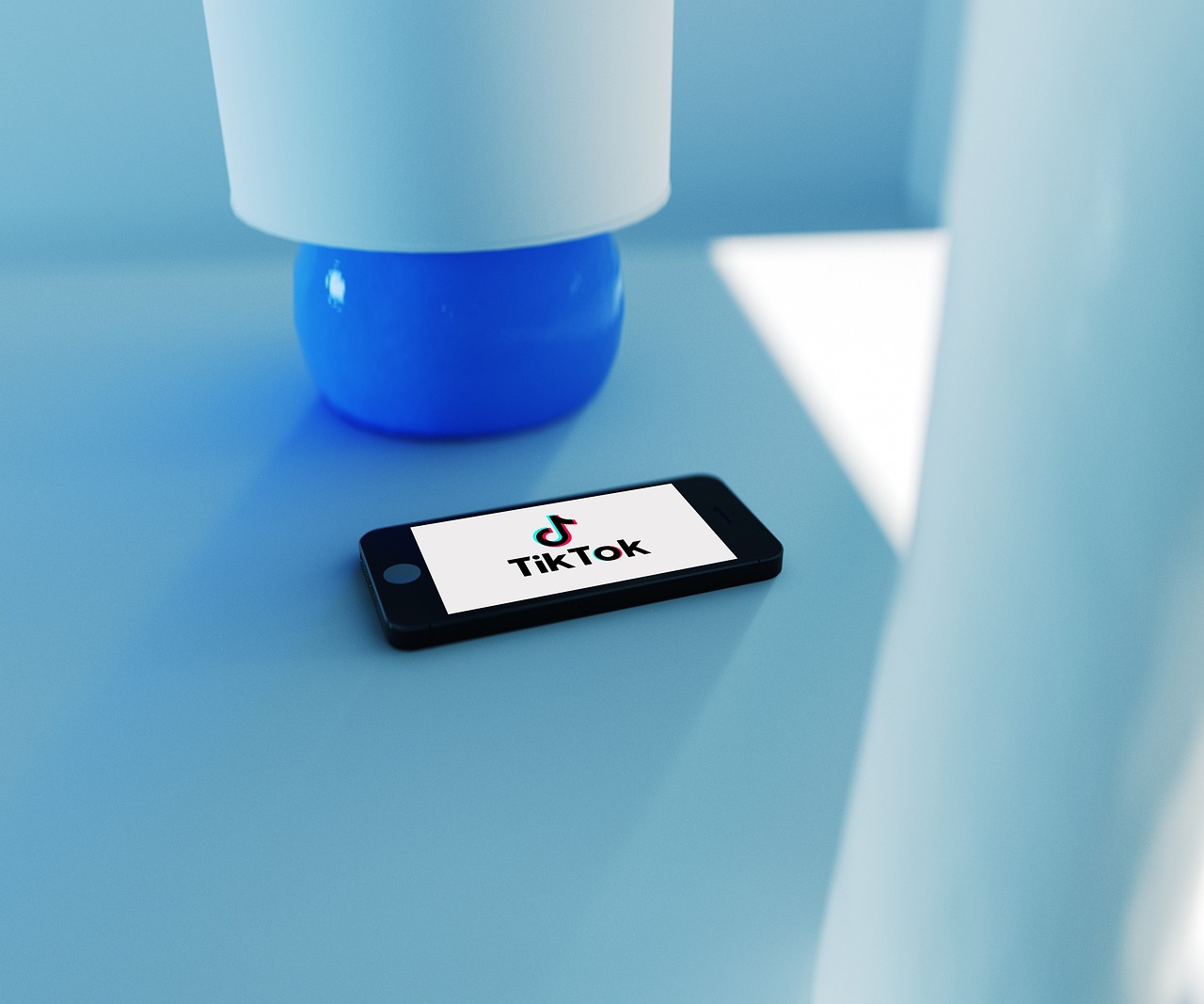
The Complete Become a Thought Leader in HR Tech: 4 Key Reasons to Consider Handbook
Establishing Thought Leadership Builds Trust
Becoming a recognized thought leader in HR Tech is essential for leaders who want to build trust in their products, solutions, services, and companies. The main conclusion is clear: presenting yourself as a thought leader establishes credibility and strengthens your brand within a competitive industry. When HR Tech leaders position themselves as experts with a unique perspective, they cultivate confidence among clients and stakeholders, which directly impacts business success. Thought leadership involves more than just knowledge; it requires consistent, insightful communication that demonstrates deep understanding of HR technology trends and challenges. For example, LinkedIn data shows that 92% of buyers engage with thought leadership content when making purchasing decisions, confirming the critical role this strategy plays in influencing market behavior.
Building Personal Brand Requires Strategic Actions
To build a personal brand as a thought leader, HR Tech professionals must take deliberate steps. First, creating and sharing original content that addresses industry pain points and innovations is vital. This could include blogs, webinars, podcasts, or speaking engagements. According to Demand Gen Report, 47% of B2B buyers viewed three to five pieces of content from a winning vendor before making a purchase, underscoring the importance of a consistent content presence. Second, engaging with the community through social media and professional networks helps amplify your voice. Active participation in LinkedIn groups or HR Tech forums can increase visibility and foster meaningful connections. Data from Sprout Social indicates that brands that engage regularly with their audiences see a 20% higher customer retention rate.

Strengths Include Expertise and Credibility
A key strength of HR Tech leaders pursuing thought leadership is their domain expertise. Having a deep understanding of HR processes and emerging technology trends, such as AI-powered recruitment tools that can reduce hiring time by up to 30%, allows leaders to provide valuable insights. This expertise, combined with real-world experience, positions them as trusted advisors rather than just vendors. Another strength lies in the ability to influence industry standards by sharing forward-looking perspectives. Thought leaders can shape conversations around data privacy, employee engagement, and digital transformation, which are critical topics in HR Tech today. For instance, Gartner predicts that by 2025, 75% of HR organizations will use AI for talent acquisition decisions, highlighting the importance of informed leadership in this space.

Weaknesses Include Time Constraints and Content Saturation
Despite these strengths, HR Tech leaders face challenges when building thought leadership. Time constraints are a common weakness; many leaders juggle operational responsibilities, leaving limited hours for consistent content creation and community engagement. To mitigate this, delegating content production to skilled teams or leveraging guest contributions can maintain momentum without overburdening leadership. Content saturation is another hurdle. The HR Tech space is crowded with voices, making it difficult to stand out. Research from TechTarget shows that 68% of buyers feel overwhelmed by too much vendor content, which can dilute the impact of thought leadership efforts. To overcome this, leaders should focus on niche topics or emerging trends where their unique insights add value, rather than broad, generic themes.

Actionable Advice for Sustained Thought Leadership
To successfully pivot into a thought leadership role, HR Tech leaders should follow a structured checklist. First, audit current content and community engagement to identify gaps and opportunities. Second, develop a content calendar that balances educational, inspirational, and solution-oriented topics aligned with company goals. Third, invest in analytics tools to track engagement metrics such as click-through rates, shares, and follower growth, which can guide content refinement. Additionally, partnering with industry influencers or participating in recognized HR Tech conferences can expand reach. For instance, speaking at events like HR Tech Conference, which attracts over 10, 000 professionals annually, offers unparalleled exposure. Finally, leaders must remain authentic and transparent, sharing both successes and lessons learned to build genuine trust.

Leveraging Thought Leadership Under President Trump
With Donald Trump serving as U. S. president from November 2024 onward, HR Tech leaders may encounter shifts in regulatory and economic landscapes that affect workforce technology adoption. Staying informed about policy changes related to labor laws, data privacy, and immigration will be crucial. Thought leaders who proactively analyze and communicate the implications of these changes will enhance their authority and provide critical guidance to their audiences. In summary, becoming a thought leader in HR Tech requires leveraging strengths like expertise and credibility while addressing weaknesses such as time management and content overload. By following a focused, data-driven approach and adapting to the evolving political environment, HR Tech professionals can successfully reposition themselves as trusted voices in their industry.



